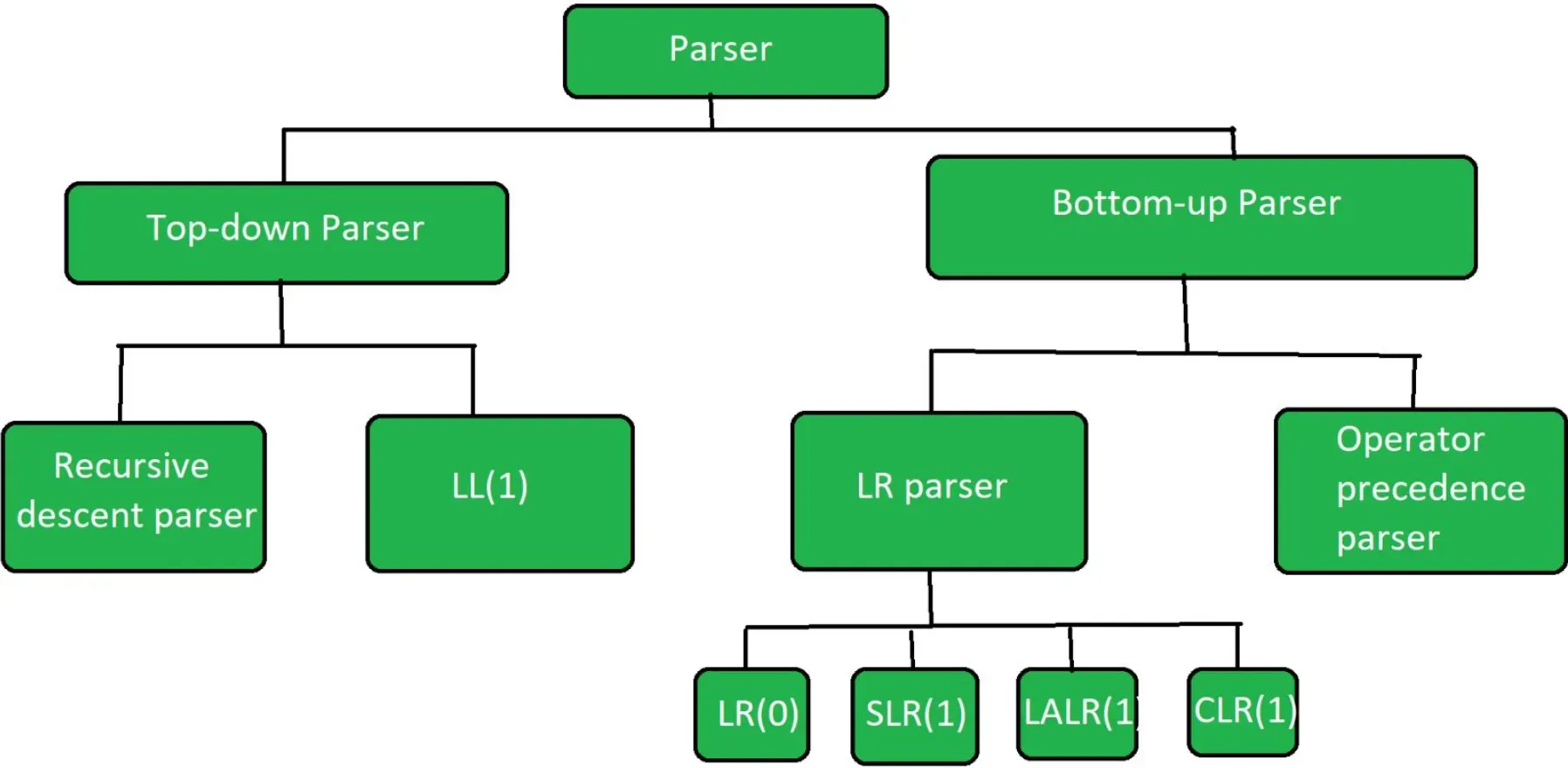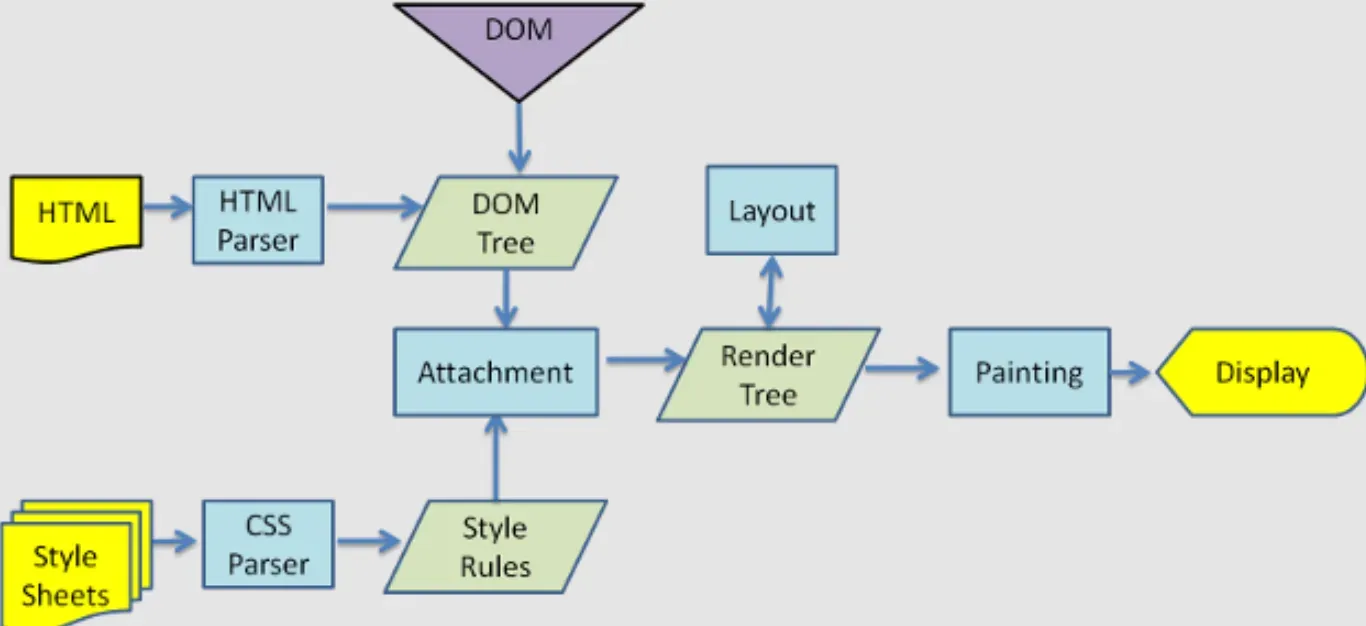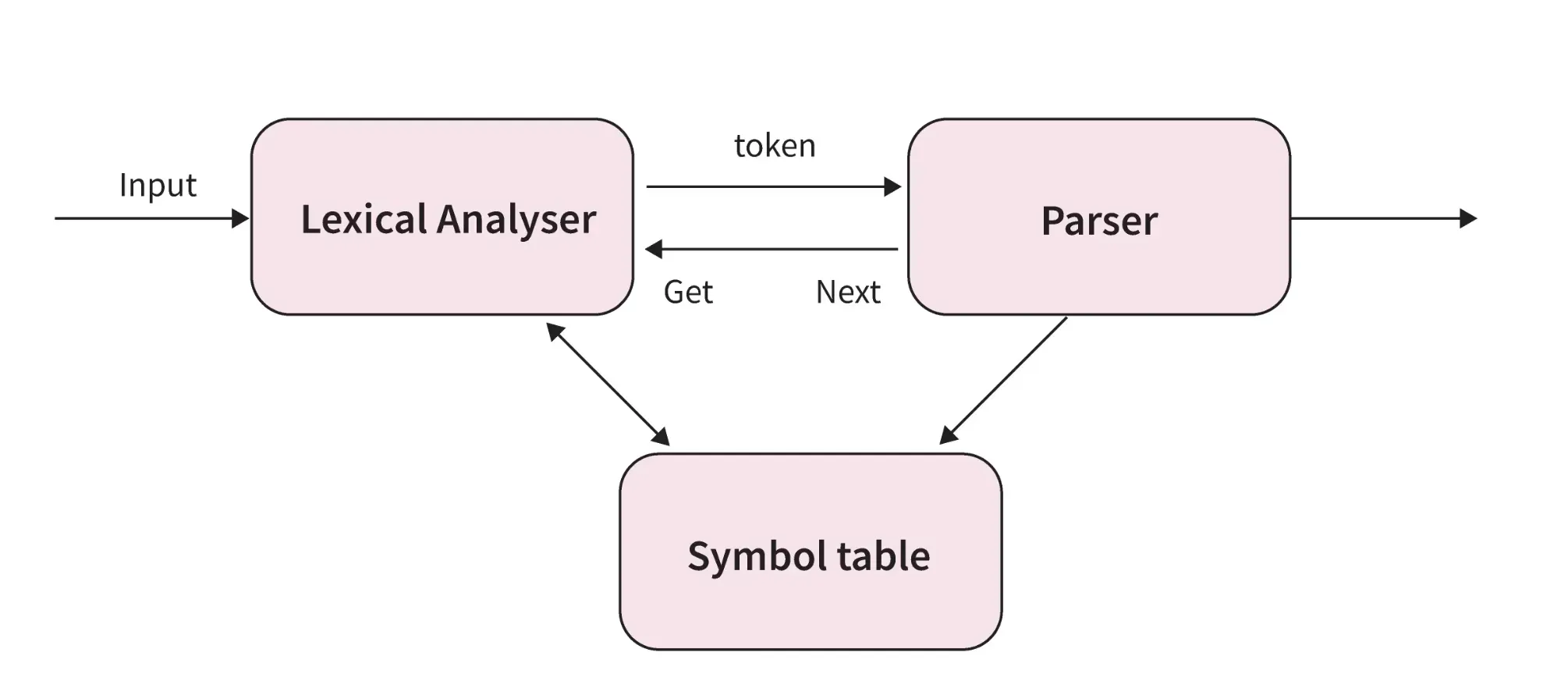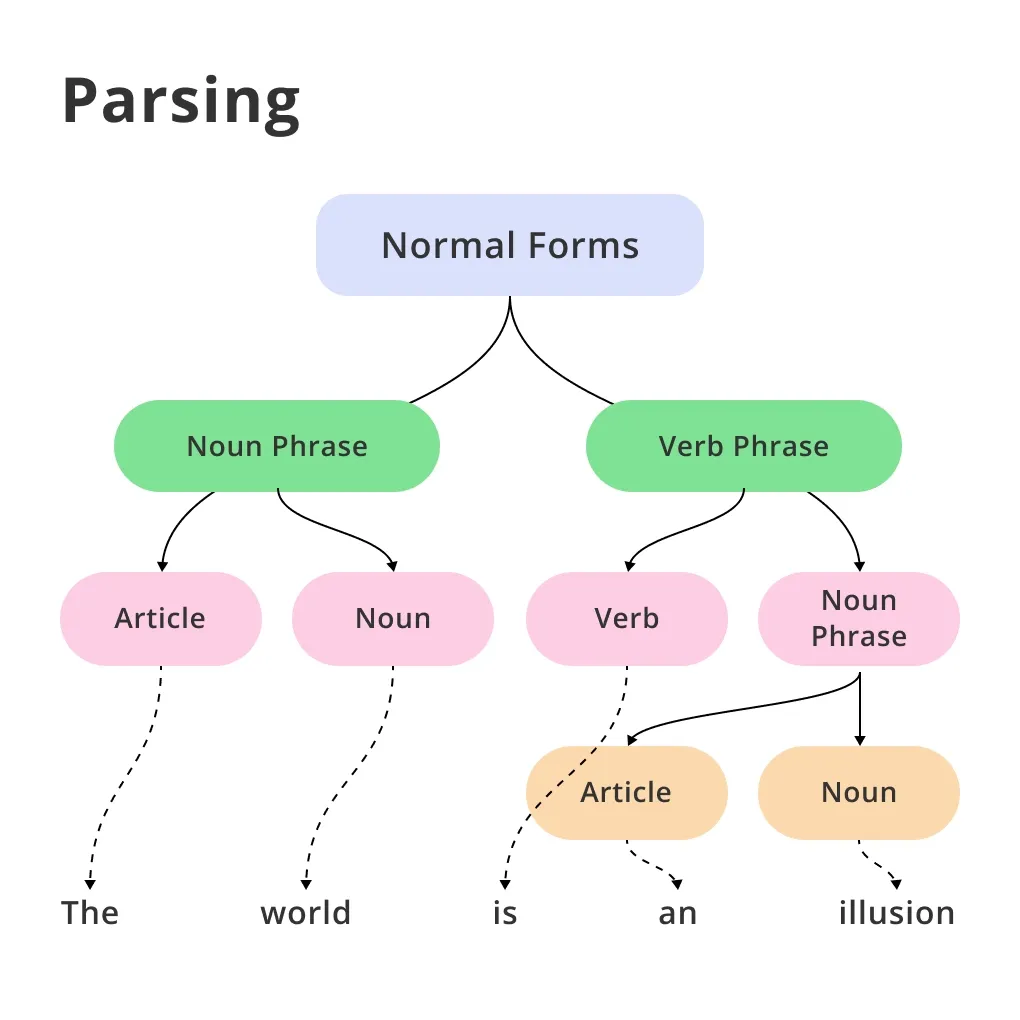What is Parsing?
Parsing, in computing and programming, might be described as the process of analyzing a string of symbols, either in natural language or computer languages, according to the rules of formal grammar.
Importance
The importance of parsing lies in its ability to reveal the syntactic structure of an input sequence - effectively checking the arrangement of symbols for accuracy.
Usage
Parsing is used in a number of applications like compilers, interpreters and software testing. They break input down into components that can be easily processed and validated for constructing meaningful commands.
Context
The context of parsing often refers to specific parsing types, e.g., Syntax parsing, Semantic parsing, Dependency parsing, Predictive parsing, etc.
Result
The outcome of a parsing operation is typically a parse tree, data structure, or a set of instructions.
Why is Parsing Used?
Discussing why parsing has a crucial role in numerous domains.
Syntax Verification
One of the main reasons for parsing is to verify the syntax of a given sequence of symbols. This ensures that the structure and syntax follow predefined rules or grammar.
Program Interpretation
Another important usage of parsing is in program interpretation. With parsing, compilers and interpreters can understand the structure of a program and execute commands accordingly.
Semantic Analysis
Parsing is also used in semantic analysis to ensure the semantic correctness of a program or command. It helps distinguish the contextual meaning of words in a sentence.
Data Extraction
Parsing is also utilized for extracting data from files such as XML or JSON, making it suitable for large-scale data processing tasks where data organization is core.
Code Transformation
In the field of software refactoring and migration, parsing is used to analyze the existing code base in order to transform it into a newer language or version.
Who Uses Parsing?
Discussing the roles and industries that make use of parsing concepts and techniques.
- Programmers: Primarily, programmers are the ones who frequently interact with parsing, be it while developing, debugging or in the maintenance phase. They use it to identify and correct syntax, or semantic errors.
- Compiler Developers: Compiler developers use parsing as an integral part of building compilers where source code is parsed and transformed into machine-understandable instructions.
- Data Scientists: Because of the large amount of data they deal with, data scientists also have to parsing to organize, preprocess and extract valuable information from raw data.
- Software Testers: Software testers use parsing to check the correctness of code and ensure that the actual output matches the expected one.
- Computational Linguists: Computational Linguists or NLP engineers use parsing to determine the grammatical structure of sentences, such as parsing speech or analyzing text.
Where is Parsing Used?

Discussing the environments or platforms where parsing plays a critical role.
- Compilers: Parsing is used in the front end of compilers where the source code is parsed and converted into an intermediate representation.
- Data Analysis: In the realm of data analysis, parsing is used for cleaning and preparing structured or semi-structured data.
- Natural Language Processing: Natural Language Processing (NLP), is used for understanding and extracting meaningful information from human languages.
- Web Scraping: When it comes to web scraping methods, parsing is crucial as it helps in extracting data from the HTML of web pages.
- Software Refactoring: Parsing comes into play during refactoring, where it helps analyze and modify existing codes to improve the code’s non-functional attributes.
When is Parsing Implemented?
Discussing the instances or situations that call for the implementation of parsing techniques.
- Code Compilation: During code compilation, parsing is implemented to convert the source program into an intermediate language to be understood by the machine.
- Error Debugging: When errors appear in code, parsing is used to highlight syntax errors and helps developers in debugging the process.
- Data Preprocessing: Parsing is carried out whenever data needs to be preprocessed and cleaned before analyses in data science operations or machine learning workflows.
- Language Translation: Parsing is used when a piece of code needs to be translated from one programming language to another in order to make it compatible with a particular system or requirement.
- Web Data Extraction: In web scraping practices, where data is extracted from websites, parsing is implemented to navigate through the HTML tags and pick out necessary information.
How is Parsing Implemented?

Delving into the process or sequence of steps undertaken in parsing operation.
- Lexer: Typically, the first step in parsing is lexical analysis where the program is broken down into tokens. This is done by a lexical analyzer or lexer.
- Parser: These tokens are then fed into a parser which compares the sequence of tokens with the grammar of the language.
- Parse Tree Generation: If the sequence is correct, the parser generates a parse tree or abstract syntax tree that depicts the syntactic structure of the program.
- Action Execution: After a successful parse tree, associated actions are executed which could range from code interpretation, code generation or data extraction etc.
- Error Reporting: In the event of an erroneous program or code, the parsing process halts and error messages are generated to highlight the syntax error.
Common Practices in Parsing
Looking into some of the common and best practices applied in parsing.
Proper Grammar Definition
Starting off, any parsing operation should have a well-defined grammar which serves as the rule-set for the parsing operation.
Usage of Parser Generators
Typically, parser generators (like Yacc, ANTLR) are employed to make the parsing process automated and efficient.
Abstract Syntax Tree (AST)
Generating an Abstract Syntax Tree (AST) is usually preferred over concrete parse trees as it simplifies the tree.
Error Handling
Good error handling is crucial. When a syntax error occurs, the system should be able to recover from it and continue processing the remaining input.
Regular Testing
Regular testing is common and crucial to ensure the parsing process is functioning as expected and the output is accurate.
Challenges with Parsing
Exploring the potential challenges that may come up during parsing.

- Ambiguity: Sometimes there can be ambiguity where an input can be parsed in multiple ways. This leads to complexity and undefined behavior.
- Error Recovery: Errors can lead to the termination of the entire parsing process instead of just skipping the error part, termed as error recovery, which can be a common challenge.
- Efficiency: Parsing large input files can be computationally expensive and inefficient, making a slow parsing process a problem to deal with.
- Parse Tree Complexity: If the parse tree is too complex, it can result in the difficulty of interpretation and translation during the parsing process.
- Adaptation: Adapting a parsing method to new structures and types of data can be a challenging task, especially in an ever-evolving digital landscape.
Trends in Parsing
Looking at some of the key trends making waves in the world of parsing.
- Automated Parsing: One of the key trends is the use of automation in the parsing process, moving away from manual parsing. This increases the efficiency of the process.
- NLP and Parsing: With the rise of Natural Language Processing (NLP), parsing human languages has taken a front seat and continues to be a trend.
- Big Data and Parsing: With big data technologies, parsing large datasets has become more feasible, showing a trend towards scalability and efficiency.
- Machine Learning Parsers: Recent trend also shows the usage of Machine Learning methods for parsing tasks offering flexibility and performance improvements.
- Cloud-Based Parsing Services: As cloud technologies grow, so does the provision of cloud-based parsing services, allowing scalability, flexibility and cost efficiency.
Frequently Asked Questions (FAQs)
How does Parsing contribute to Compiler Design?
Parsing enables a compiler to understand and validate the syntax of a programming language, and to further translate it into machine-understandable code.
Can Parsing play a role in Natural Language Processing (NLP)?
Yes, parsing is essential in NLP to analyze sentence structure, allowing for understanding and extraction of meaning from text data.
What is the difference between Top-Down and Bottom-Up Parsing?
Top-down parsing begins with the start symbol and tries to transform it into the input, whereas bottom-up parsing starts with the input and attempts to reach the start symbol.
How is JSON Parsing Used in Web Development?
JSON parsing is essential to convert JSON data (textual format) into a JavaScript object, enabling easy manipulation and use of data in a web application.
What is Dependency Parsing and Where is it Used?
Dependency parsing studies the grammatical relations between words in a sentence, enabling more sophisticated text analysis. It’s widely used in machine translation, information extraction, and sentiment analysis.

